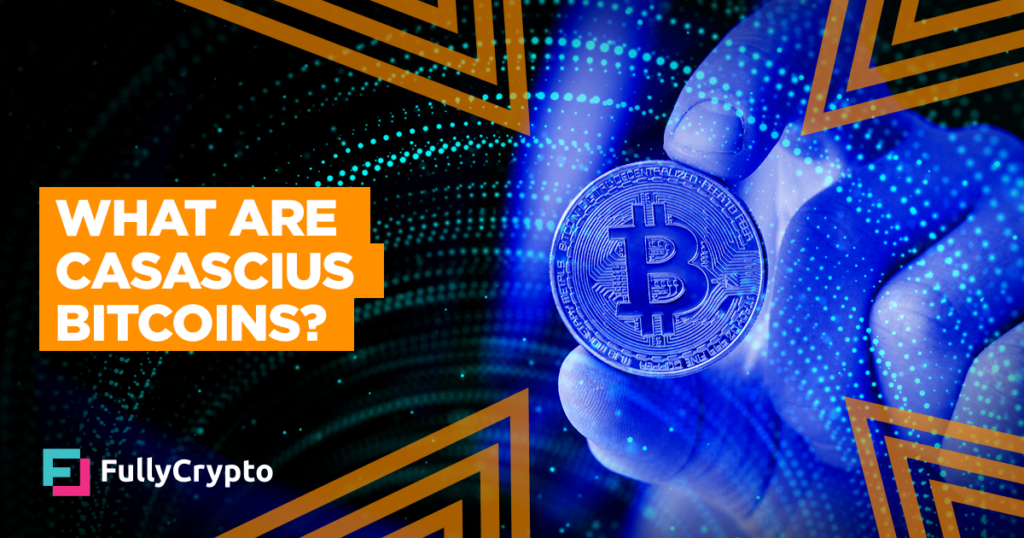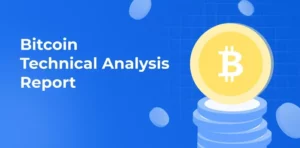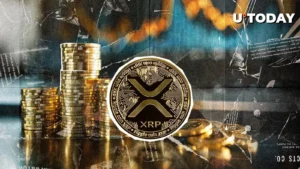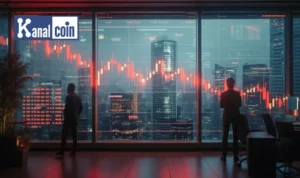
What Are Casascius Bitcoins and Why Are They So Expensive?
Casascius Bitcoins are the only truly valuable physical bitcoins in existence. Launched in 2011 by Utah resident Mike Caldwell, these early physical representations of Bitcoin were widely available until the US government stepped in and called a halt to the operation in 2013. But what exactly are they, and why have they become so sought after?
The story begins with Caldwell’s intention to create “a proof of concept, a conversation piece to help people talk to others about Bitcoin.” His first round of Casascius physical bitcoins in September 2011 aimed to achieve this goal. What sets these coins apart from other early physical interpretations is their redeemable BTC content. Each coin contains a private key hidden beneath a hologram layer printed on the surface, requiring the removal or “peeling” of the hologram for access.
The initial response to the coins was positive, with Caldwell selling his ₿ 10, ₿ 25, ₿ 100, and even ₿ 1,000 versions, including gold bar lookalikes. At the time, Bitcoin traded at around $10 per coin, making this venture less of a financial risk. Although it may seem bold today, Caldwell’s decision to produce these coins wasn’t as unwise in 2011.
The production line was abruptly halted when FinCEN informed Caldwell that selling the coins with their BTC content qualified him as operating a money transmitting business, requiring federal registration and potential state licenses. Caldwell wisely chose to cease producing these BTC-filled versions, effectively rendering all pre-November 2013 coins and bars scarce and exclusive due to their rarity.
Data from Casascius Bitcoin Analyzer reveals that only 9,689 of the total 27,834 items produced before November 2013 have been opened or “peeled.” This translates to a staggering 34% of these unique coins having had their contents accessed. Conversely, only two of Caldwell’s five flagship ₿ 1,000 bars remain unpeeled, now valued at an astonishing $92 million each.
eBay occasionally hosts listings featuring Casascius coins, with pre-2013 editions naturally commanding a substantial premium. A significant portion of the peeled coins were opened prior to the 2013 deadline, but some have managed to hold off: the most recent peeling occurred in October this year. With over 65% of Caldwell’s original creations still untouched, it is clear that the impact and legacy of these first and best physical bitcoins will be felt for a considerable time.
As these coins continue to change hands on the market, their value is expected to fluctuate as well.
Source: fullycrypto.com


